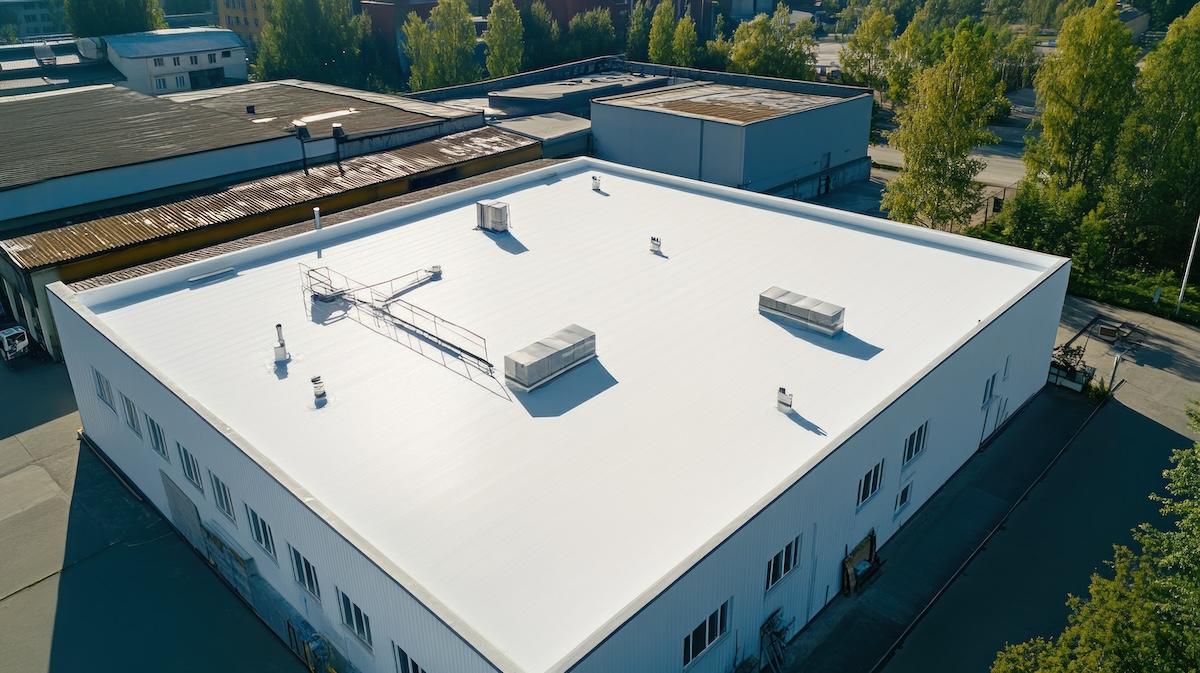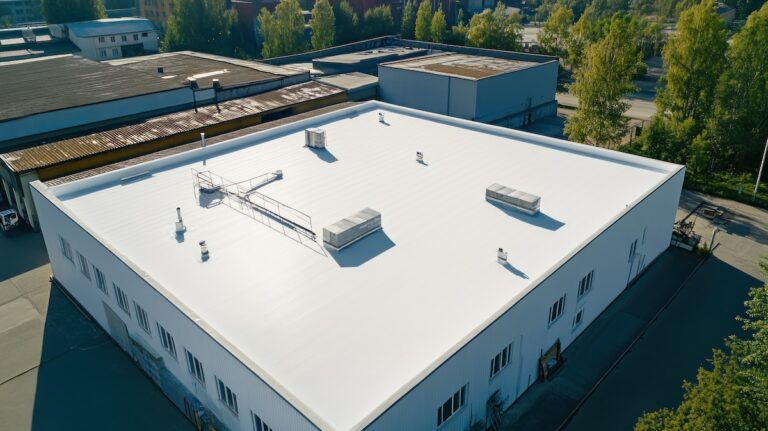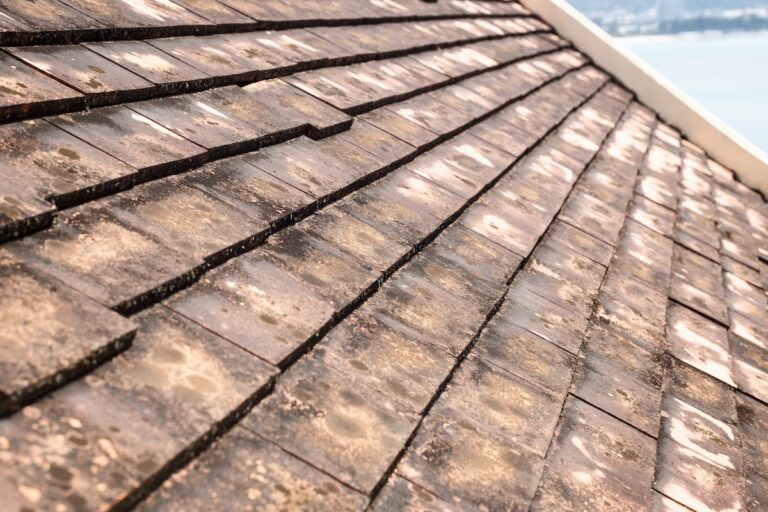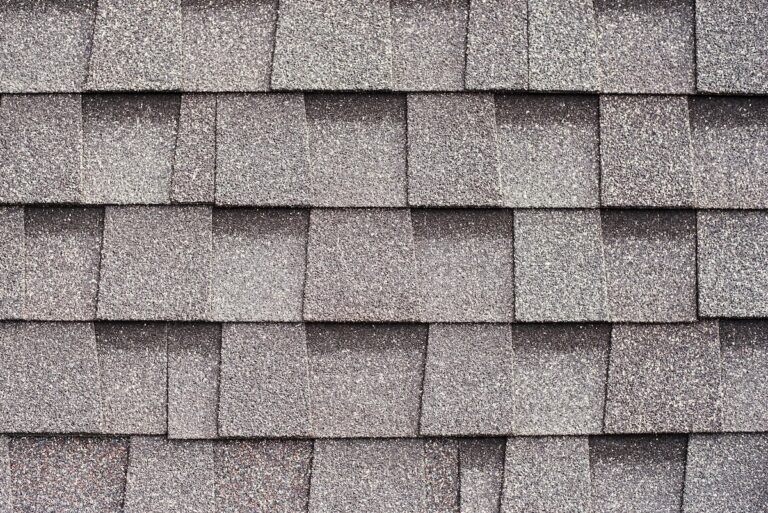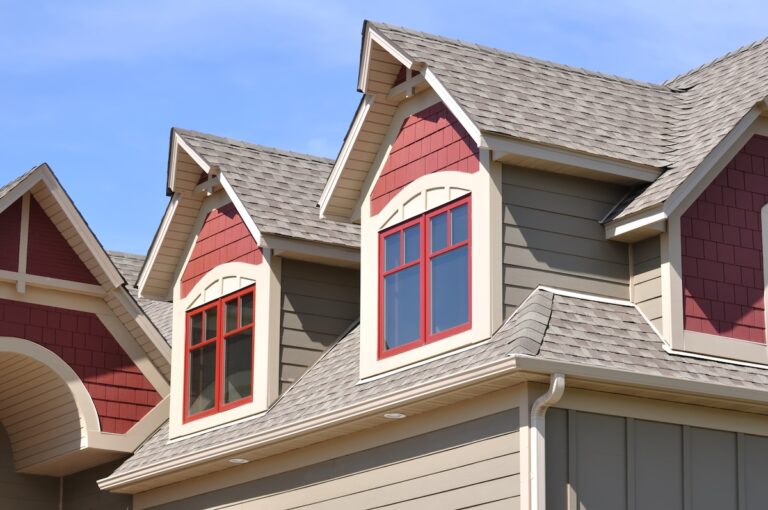If you manage a commercial building, understanding how to handle hail damage on TPO roof systems is essential for protecting your property investment. TPO (thermoplastic polyolefin) is one of the most widely used flat roofing materials for commercial facilities thanks to its durability and energy efficiency. But like any roofing system, it can be vulnerable to hailstorms that leave dents, punctures, or weakened seams. Knowing how to inspect and repair damage quickly can save your business from costly repairs and downtime.
- Business continuity: Prevent leaks and water damage that could disrupt daily operations.
- Financial protection: Early detection reduces repair costs and protects warranties.
- Property value: A well-maintained TPO roof extends longevity and preserves building equity.
Why TPO Roofs Are Popular for Commercial Buildings
TPO roofing has become a go-to solution for commercial properties because it balances affordability with performance. It reflects sunlight, helping reduce cooling costs, and provides a strong, flexible surface that resists many forms of damage. For property owners in Collegeville and surrounding areas, TPO’s energy efficiency is a major advantage during hot summers.
However, even with these benefits, hail can create vulnerabilities. Large or repeated impacts may weaken membranes, loosen seams, or cause punctures that allow water infiltration. That’s why regular inspection and prompt repair are critical after a hailstorm.
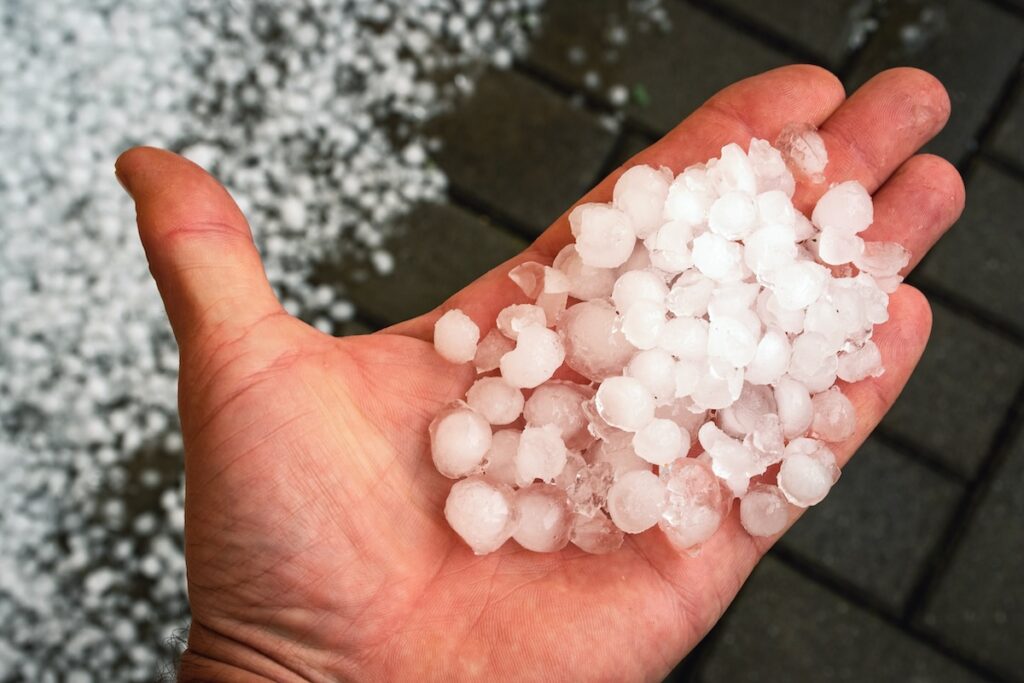
Common Types of Hail Damage on TPO Roofing Material
Not all hail damage looks the same. Understanding the most common signs helps you know what to look for during inspections.
- Surface dents: Shallow depressions caused by hailstones striking the membrane.
- Punctures or tears: Holes that compromise waterproofing and invite leaks.
- Seam separation: Impact can weaken welded seams, leading to gaps over time.
- Membrane bruising: Soft spots where the underlying insulation is compressed.
- Damage to flashings: Metal edges or penetrations around HVAC units can be bent or cracked.
5-Step Inspection Process After a Hailstorm
A structured inspection process helps identify issues before they escalate.
- Perform a visual ground check: Walk around your property to look for debris on the roof, damaged siding, or broken windows — all signs that hail likely impacted your roof.
- Safely access the roof: If conditions allow, climb onto the roof to look for visible dents, punctures, or membrane damage. Always use proper safety gear.
- Check seams and flashings: Carefully examine welded seams, HVAC curbs, and flashing around penetrations, as these areas are most vulnerable.
- Look for interior leaks: Inspect ceilings, walls, and insulation for water stains that indicate compromised waterproofing.
- Document everything: Take photos and detailed notes. Documentation is essential for warranty claims and insurance reporting.
Professional Inspection Advantages
While basic checks can be done by property managers, professional roofers use specialized tools and training to detect hidden issues. Infrared scans, moisture meters, and drone surveys can reveal problems that aren’t visible to the naked eye. Scheduling a professional inspection after a hailstorm ensures nothing is overlooked, protecting your roof warranty and insurance coverage.
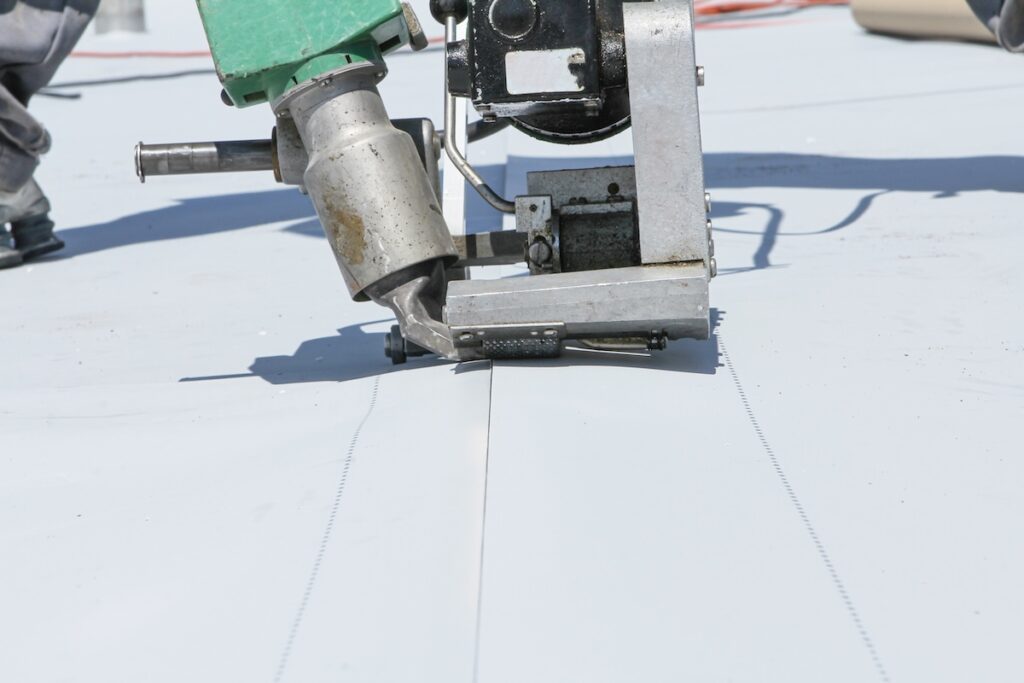 Repair Options for Hail-Damaged TPO Roofs
Repair Options for Hail-Damaged TPO Roofs
The right repair method depends on the severity of the damage.
- Minor Surface Damage: Small dents or bruises may not require immediate repair but should be monitored closely. A professional roofer may apply sealants to prevent further deterioration.
- Punctures and Tears: If hail creates holes in the TPO membrane, patches are applied using heat-welded TPO material. This restores waterproofing while blending with the existing system.
- Seam Failures: When hail impacts weaken welded seams, roofers re-weld them to restore strength. Left unaddressed, seam failure can lead to widespread water infiltration.
- Widespread Damage: In cases of severe hailstorms, large roof areas may need replacement. A professional contractor can determine whether partial repairs or a full re-cover is the most cost-effective solution.
Insurance and Warranty Considerations
Commercial property owners must navigate both warranty and insurance requirements after hail damage.
- Warranties: Many TPO systems have coverage for storm-related damage, but only if inspections and repairs are performed by certified contractors. DIY fixes may void coverage.
- Insurance claims: Documenting damage promptly improves your chances of approval. Always involve a roofing professional who can provide detailed inspection reports and cost estimates.
- Timely reporting: Insurance policies often require claims to be filed within a certain period after the storm, so don’t delay.
Preventative Measures to Reduce Future Hail Impact
While you can’t prevent hailstorms, proactive measures reduce the risk of serious damage.
- Regular inspections: Schedule biannual inspections to catch small issues before storms make them worse.
- Protective coatings: Some commercial property owners apply roof coatings to increase membrane durability.
- Debris removal: Keeping the roof free of debris prevents punctures and water pooling.
- Tree maintenance: Trim nearby branches that could break and puncture the roof during storms.
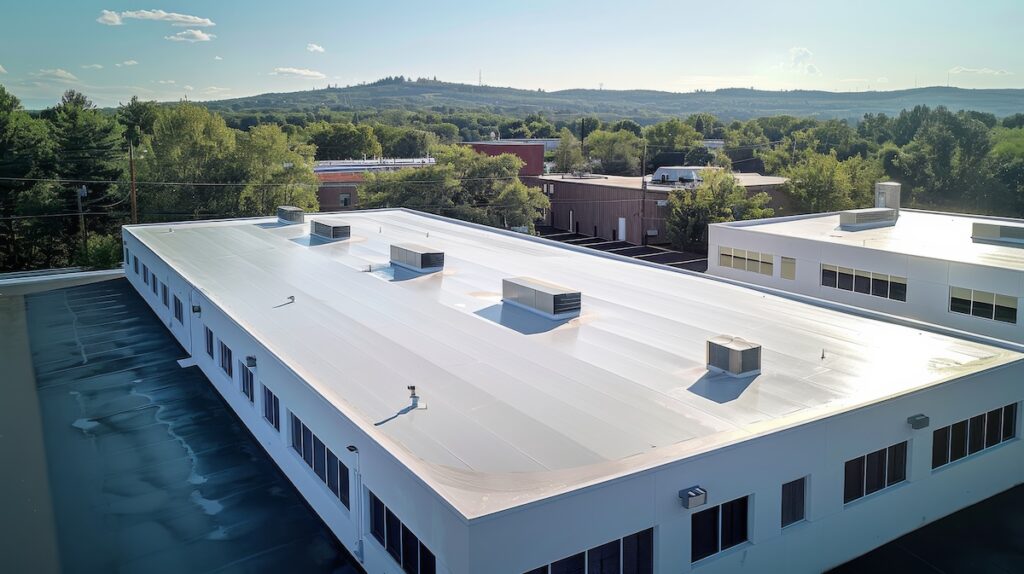
Why Partnering With a Commercial Roofing Expert Matters
Hail damage repair requires more than just patchwork. Commercial roofing professionals understand the unique demands of TPO systems, from welding repairs to maintaining warranty coverage. By working with G. Cannon, Collegeville property owners gain peace of mind knowing their roofs are inspected, repaired, and maintained to the highest standard.
Our team understands the financial and operational pressures businesses face after a storm. That’s why we respond quickly, document everything for insurance, and recommend the most cost-effective repair solutions without cutting corners.
Protect Your Commercial Property With G. Cannon
Hail damage on TPO roof systems can escalate quickly if not handled correctly. From small punctures to widespread membrane failures, early detection and repair are the keys to protecting your investment. With professional inspections, timely repairs, and proactive maintenance, you can extend the life of your roof and safeguard your business operations.
G. Cannon is the #1 choice for commercial roofing in Collegeville and surrounding areas. Our expertise in TPO systems, combined with our commitment to quality, ensures your property stays protected no matter what the weather brings. Contact us today for a free estimate and let us help keep your business secure year-round.
